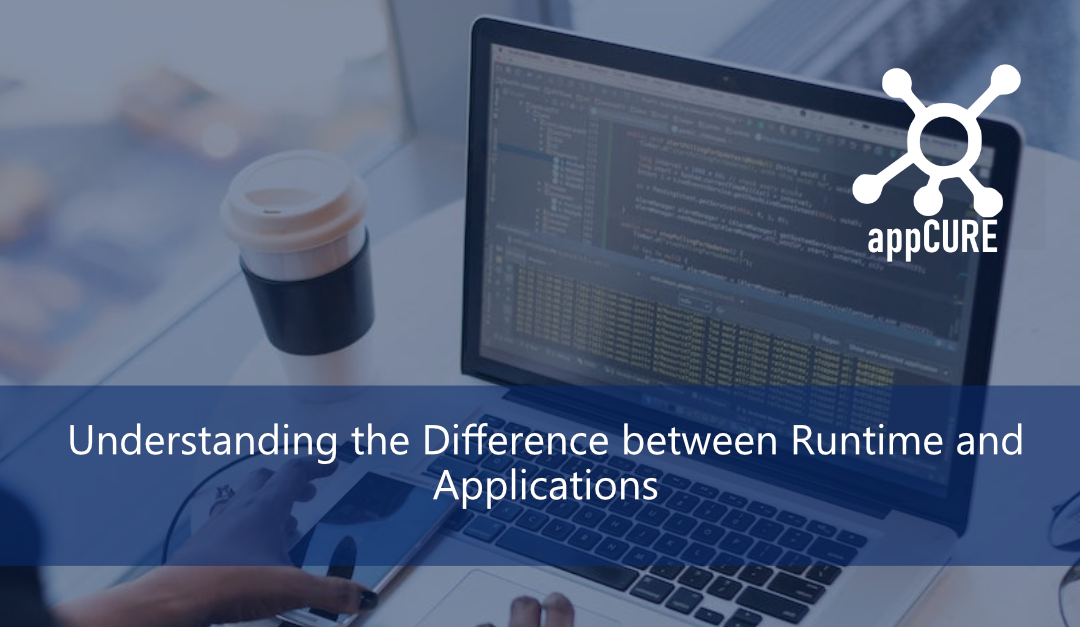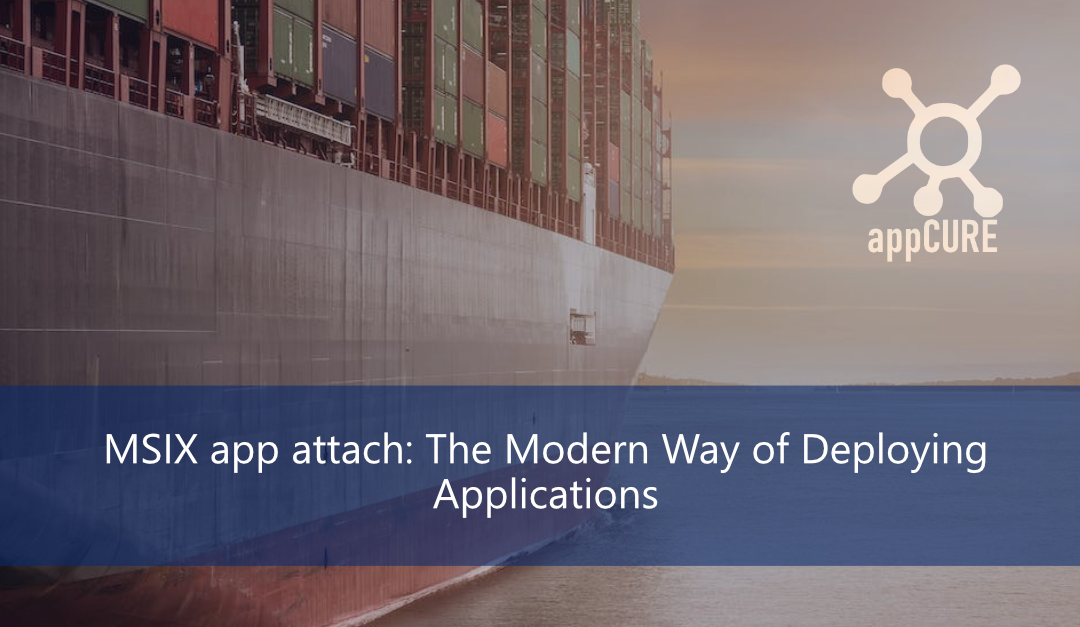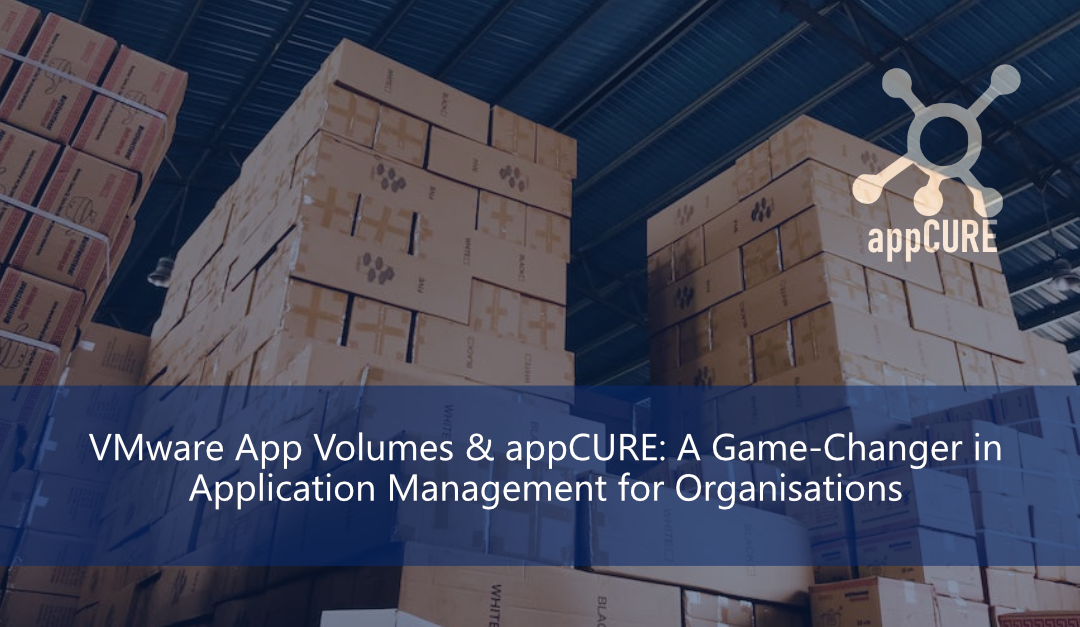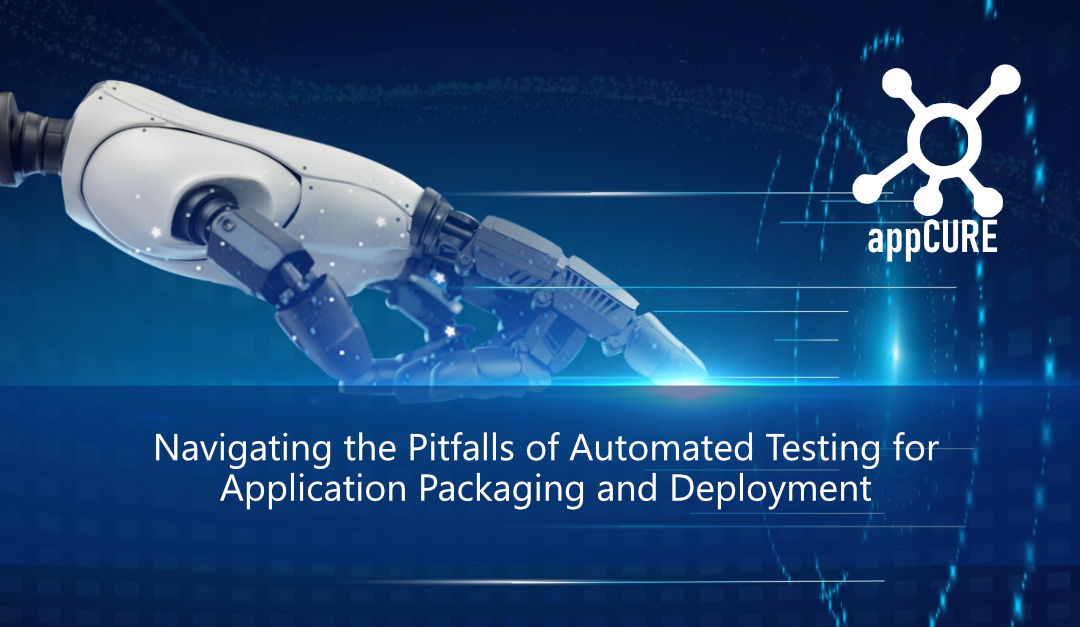
Drivers vs Applications: Understanding the Differences and Implications for Installation
Introduction
When it comes to software development, many misconceptions can lead to confusion or miscommunication. One such misconception is the idea that drivers are applications. While it’s true that drivers are a type of software component, they are not applications in the traditional sense.
Drivers are software components that facilitate communication between hardware and software. They are responsible for translating commands from the operating system or application into signals that can be understood by the hardware. In other words, drivers enable the hardware to function properly by providing the necessary interface between it and the software.
Despite the fact that drivers are not applications, there is a common misconception that they should or must be packaged and installed like one. This can lead to confusion, as well as issues with installation and compatibility. It’s important to understand that drivers are separate entities from applications and should be treated as such.
Separating Drivers from Application Installers
One of the most important things to understand about drivers is that they do not need to be included as part of an application installer. In fact, it can sometimes be better to separate them out and install them using dedicated tools like PowerShell Application Deployment Toolkit, MSi’s, or other supported installer formats, which support driver installation.
This means that for those using MSIX, drivers can still be deployed, but they need to be separated from the application installation process. This can be accomplished through the use of dedicated tools like PowerShell or MSIs, which allow for separate installation and configuration of drivers and applications.
Separating drivers from application installers can help to ensure compatibility and reduce the risk of issues with installation or operation. It also makes it easier to manage updates and changes to drivers, as they can be updated separately from the application.
Conclusion
In conclusion, it’s important to understand that drivers are a type of software component and not applications in the traditional sense. They are responsible for facilitating communication between hardware and software and should be treated as separate entities from applications. By separating drivers from application installers using dedicated tools like PowerShell, MSi’s, or other supported installer formats, you can improve compatibility, reduce the risk of issues, and make it easier to manage updates and changes.





